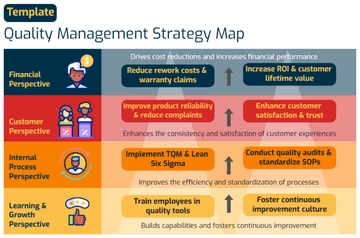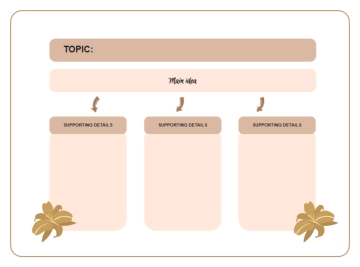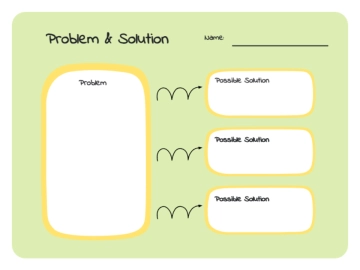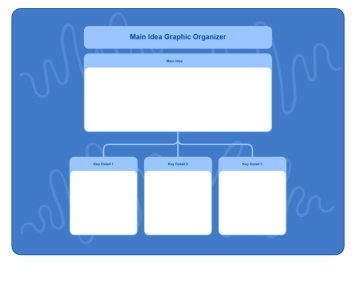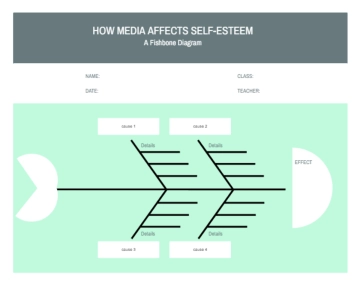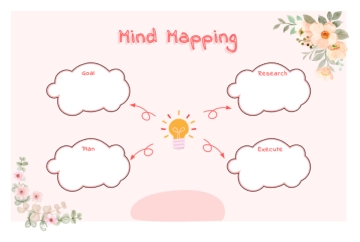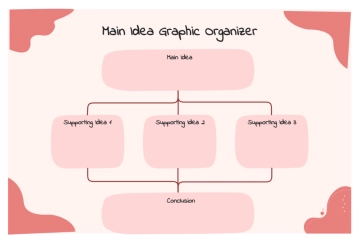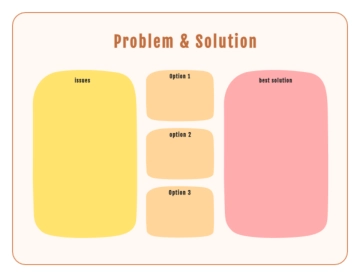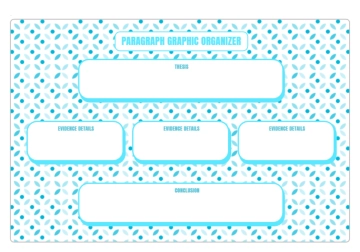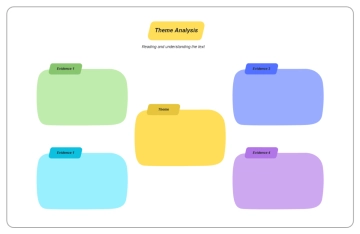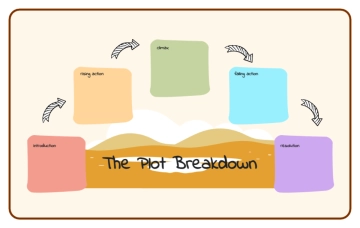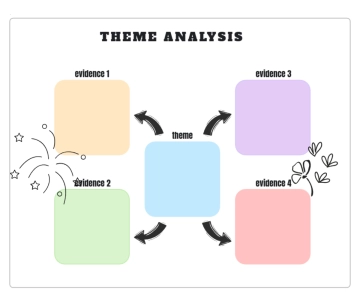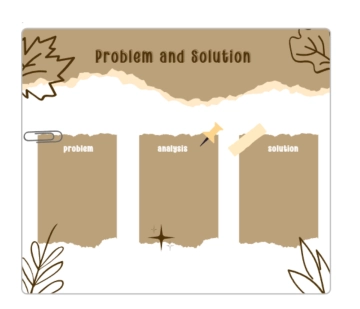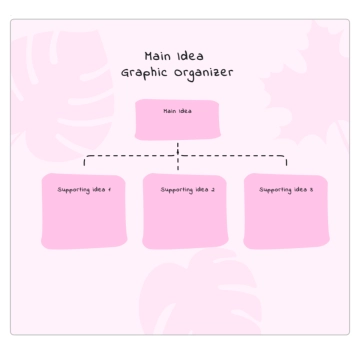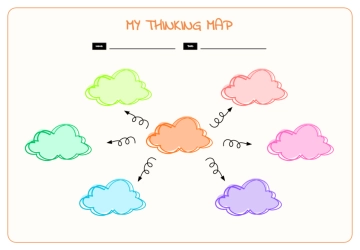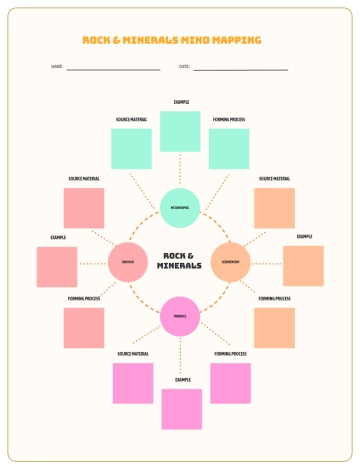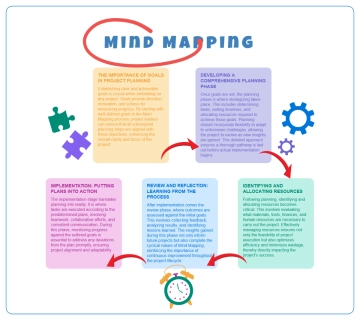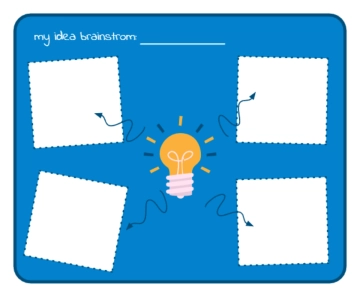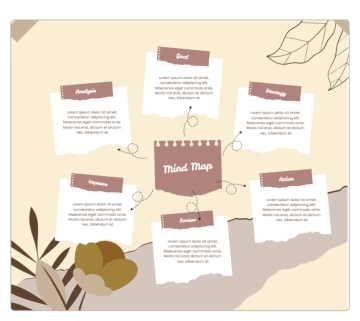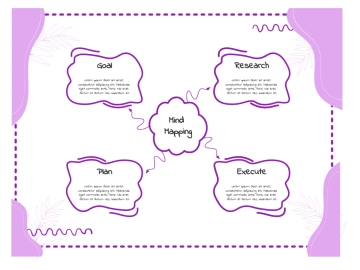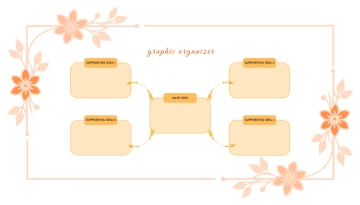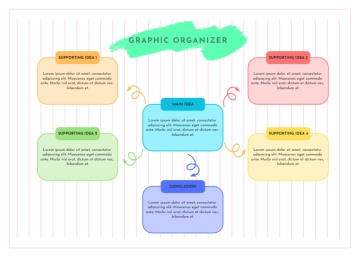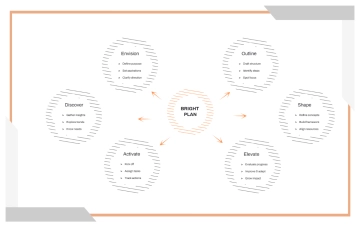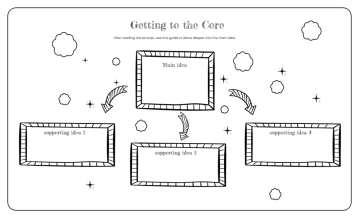Free Professional Procurement Strategy Plan
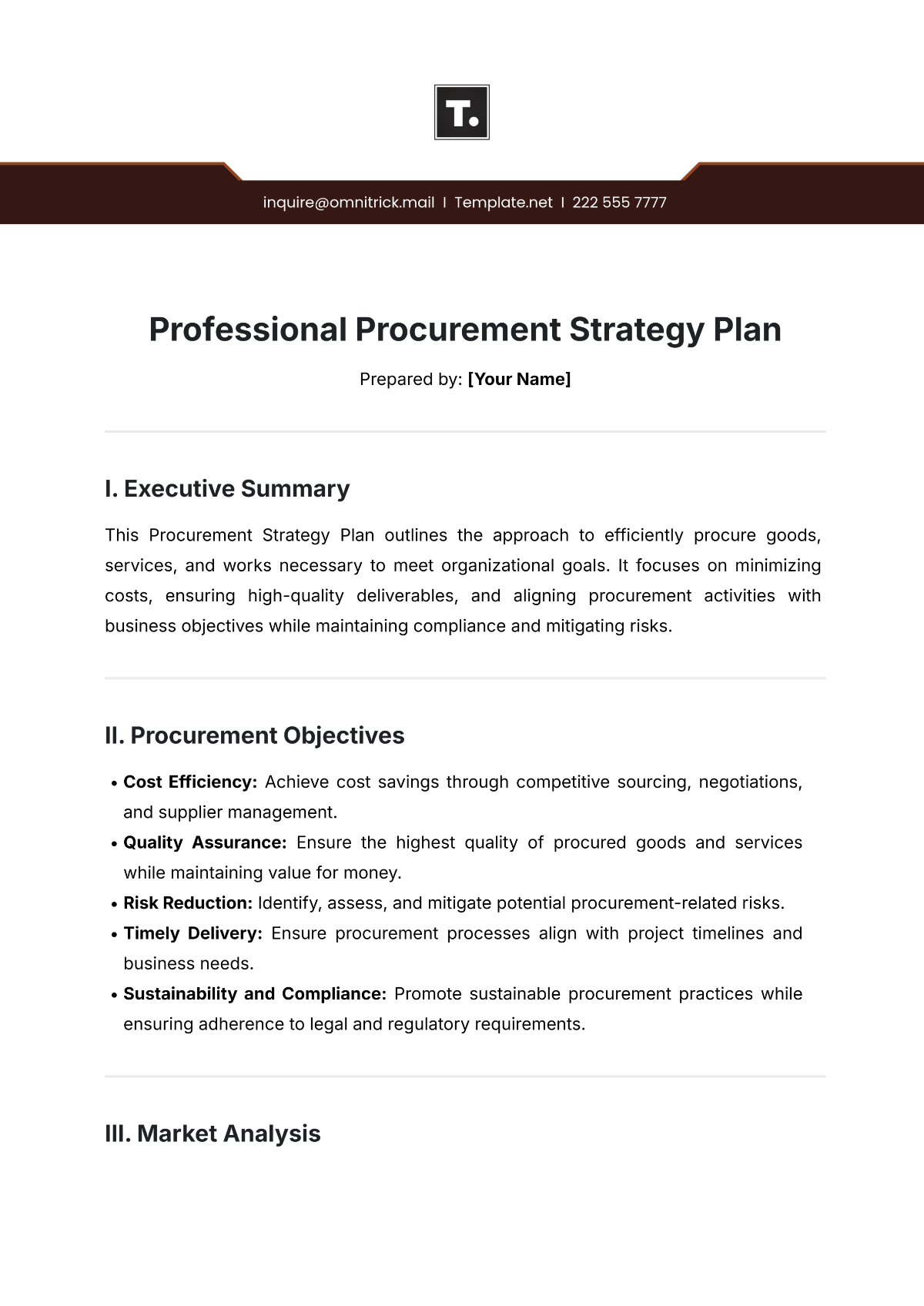
Prepared by: [Your Name]
I. Executive Summary
This Procurement Strategy Plan outlines the approach to efficiently procure goods, services, and works necessary to meet organizational goals. It focuses on minimizing costs, ensuring high-quality deliverables, and aligning procurement activities with business objectives while maintaining compliance and mitigating risks.
II. Procurement Objectives
Cost Efficiency: Achieve cost savings through competitive sourcing, negotiations, and supplier management.
Quality Assurance: Ensure the highest quality of procured goods and services while maintaining value for money.
Risk Reduction: Identify, assess, and mitigate potential procurement-related risks.
Timely Delivery: Ensure procurement processes align with project timelines and business needs.
Sustainability and Compliance: Promote sustainable procurement practices while ensuring adherence to legal and regulatory requirements.
III. Market Analysis
Industry Trends: Analyze current market conditions, including supplier availability, pricing trends, and potential disruptions.
Supplier Landscape: Identify key suppliers, their capabilities, and reliability to meet organizational needs.
Competitive Landscape: Understand the competitive environment to leverage advantageous sourcing opportunities.
IV. Procurement Methodology
Sourcing Strategy: Define the approach for sourcing suppliers, whether through competitive bidding, direct negotiation, or partnership agreements.
Supplier Selection Criteria: Establish key factors for supplier evaluation, including cost, quality, capacity, and past performance.
Contract Management: Develop standardized contracts, clearly defining terms, deliverables, and penalties for non-compliance.
Procurement Channels: Utilize various procurement channels such as e-procurement, strategic partnerships, and traditional purchasing to optimize sourcing.
V. Budget and Cost Management
Budget Allocation: Outline the total procurement budget and how funds will be distributed across categories (e.g., goods, services, overhead).
Cost Control Measures: Implement strategies like supplier negotiation, bulk purchasing, and long-term contracts to manage costs.
Cost Monitoring: Continuously monitor and track procurement spending to ensure it stays within budget.
VI. Risk Assessment and Mitigation
Supplier Risk: Evaluate risks associated with supplier stability, financial health, and delivery capacity.
Market Risk: Address external factors like market fluctuations, geopolitical issues, or material shortages.
Regulatory Risk: Ensure compliance with changing laws, standards, and regulations governing procurement activities.
Mitigation Strategies: Develop contingency plans, diversify suppliers, and establish long-term agreements to mitigate these risks.
VII. Supplier Management
Supplier Evaluation: Continuously assess suppliers based on performance, delivery timelines, cost, and quality.
Supplier Relationship Management (SRM): Build strong, collaborative relationships with key suppliers to ensure mutual success.
Performance Reviews: Regularly assess supplier performance against KPIs and provide feedback to improve processes.
VIII. Performance Metrics
Cost Savings: Track cost reductions compared to historical spending and benchmark industry standards.
Quality Control: Measure the quality of goods and services delivered against specifications and expectations.
Supplier Performance: Monitor delivery accuracy, timeliness, and customer service provided by suppliers.
Compliance Rates: Ensure that procurement activities consistently adhere to regulatory and ethical standards.
IX. Compliance and Ethics
Regulatory Compliance: Adhere to all relevant laws, regulations, and industry standards governing procurement.
Ethical Sourcing: Commit to fair trade, environmental sustainability, and supplier diversity in procurement decisions.
Transparency: Ensure that all procurement processes are transparent, documented, and open to audit to maintain integrity.
X. Implementation Plan
Timeline: Establish key milestones and deadlines for implementing the procurement strategy, ensuring timely execution.
Responsibilities: Assign roles and responsibilities to the procurement team, including the monitoring and evaluation of key activities.
Resources Required: Identify resources, tools, and technology necessary to successfully execute the strategy.
Monitoring and Reporting: Set up regular review sessions to assess progress and make adjustments as needed to stay aligned with objectives.
- 100% Customizable, free editor
- Access 1 Million+ Templates, photo’s & graphics
- Download or share as a template
- Click and replace photos, graphics, text, backgrounds
- Resize, crop, AI write & more
- Access advanced editor
Develop a strategic approach to procurement with Template.net’s Professional Procurement Strategy Plan Template. This customizable and editable template lets you structure your strategy in clear, actionable steps. With the flexibility of our AI Editor Tool, you can adjust it to meet the specific needs of your business or project. Template.net makes it simple to create a robust procurement strategy.
You may also like
- Finance Plan
- Construction Plan
- Sales Plan
- Development Plan
- Career Plan
- Budget Plan
- HR Plan
- Education Plan
- Transition Plan
- Work Plan
- Training Plan
- Communication Plan
- Operation Plan
- Health And Safety Plan
- Strategy Plan
- Professional Development Plan
- Advertising Plan
- Risk Management Plan
- Restaurant Plan
- School Plan
- Nursing Home Patient Care Plan
- Nursing Care Plan
- Plan Event
- Startup Plan
- Social Media Plan
- Staffing Plan
- Annual Plan
- Content Plan
- Payment Plan
- Implementation Plan
- Hotel Plan
- Workout Plan
- Accounting Plan
- Campaign Plan
- Essay Plan
- 30 60 90 Day Plan
- Research Plan
- Recruitment Plan
- 90 Day Plan
- Quarterly Plan
- Emergency Plan
- 5 Year Plan
- Gym Plan
- Personal Plan
- IT and Software Plan
- Treatment Plan
- Real Estate Plan
- Law Firm Plan
- Healthcare Plan
- Improvement Plan
- Media Plan
- 5 Year Business Plan
- Learning Plan
- Marketing Campaign Plan
- Travel Agency Plan
- Cleaning Services Plan
- Interior Design Plan
- Performance Plan
- PR Plan
- Birth Plan
- Life Plan
- SEO Plan
- Disaster Recovery Plan
- Continuity Plan
- Launch Plan
- Legal Plan
- Behavior Plan
- Performance Improvement Plan
- Salon Plan
- Security Plan
- Security Management Plan
- Employee Development Plan
- Quality Plan
- Service Improvement Plan
- Growth Plan
- Incident Response Plan
- Basketball Plan
- Emergency Action Plan
- Product Launch Plan
- Spa Plan
- Employee Training Plan
- Data Analysis Plan
- Employee Action Plan
- Territory Plan
- Audit Plan
- Classroom Plan
- Activity Plan
- Parenting Plan
- Care Plan
- Project Execution Plan
- Exercise Plan
- Internship Plan
- Software Development Plan
- Continuous Improvement Plan
- Leave Plan
- 90 Day Sales Plan
- Advertising Agency Plan
- Employee Transition Plan
- Smart Action Plan
- Workplace Safety Plan
- Behavior Change Plan
- Contingency Plan
- Continuity of Operations Plan
- Health Plan
- Quality Control Plan
- Self Plan
- Sports Development Plan
- Change Management Plan
- Ecommerce Plan
- Personal Financial Plan
- Process Improvement Plan
- 30-60-90 Day Sales Plan
- Crisis Management Plan
- Engagement Plan
- Execution Plan
- Pandemic Plan
- Quality Assurance Plan
- Service Continuity Plan
- Agile Project Plan
- Fundraising Plan
- Job Transition Plan
- Asset Maintenance Plan
- Maintenance Plan
- Software Test Plan
- Staff Training and Development Plan
- 3 Year Plan
- Brand Activation Plan
- Release Plan
- Resource Plan
- Risk Mitigation Plan
- Teacher Plan
- 30 60 90 Day Plan for New Manager
- Food Safety Plan
- Food Truck Plan
- Hiring Plan
- Quality Management Plan
- Wellness Plan
- Behavior Intervention Plan
- Bonus Plan
- Investment Plan
- Maternity Leave Plan
- Pandemic Response Plan
- Succession Planning
- Coaching Plan
- Configuration Management Plan
- Remote Work Plan
- Self Care Plan
- Teaching Plan
- 100-Day Plan
- HACCP Plan
- Student Plan
- Sustainability Plan
- 30 60 90 Day Plan for Interview
- Access Plan
- Site Specific Safety Plan
